Forums
- Forums
- Duggy's Reference Hangar
- USAAF / USN Library
- Consolidated XB-24 Liberator
Consolidated XB-24 Liberator
Post a reply
- Go to Previous topic
- Go to Next topic
- Go to Welcome
- Go to Introduce Yourself
- Go to General Discussion
- Go to Screenshots, Images and Videos
- Go to Off topic
- Go to Works in Progress
- Go to Skinning Tips / Tutorials
- Go to Skin Requests
- Go to IJAAF Library
- Go to Luftwaffe Library
- Go to RAF Library
- Go to USAAF / USN Library
- Go to Misc Library
- Go to The Ops Room
- Go to Made in Germany
- Go to Campaigns and Missions
- Go to Works in Progress
- Go to Juri's Air-Raid Shelter
- Go to Campaigns and Missions
- Go to Works in Progress
- Go to Skinpacks
- Go to External Projects Discussion
- Go to Books & Resources
-
 Main AdminThe Consolidated B-24 Liberator was one of the most versatile aircraft of the Second World War. It served not only as a long-range strategic bomber but also in the maritime reconnaissance, antisubmarine, passenger and freight transportation, flying tanker, and photographic reconnaissance roles. It was built by no less than five different manufacturers--Consolidated Aircraft Corporation of San Diego, Consolidated Aircraft Corporation of Fort Worth, Douglas Aircraft Corporation of Tulsa, Oklahoma, North American Aviation of Dallas, Texas, and the Ford Motor Company of Willow Run, Michigan. It was produced in greater numbers than any other American aircraft. A total of 18,188 Liberators and Liberator variants were built between June of 1941 and the closing down of the last assembly line on May 31, 1945.
Main AdminThe Consolidated B-24 Liberator was one of the most versatile aircraft of the Second World War. It served not only as a long-range strategic bomber but also in the maritime reconnaissance, antisubmarine, passenger and freight transportation, flying tanker, and photographic reconnaissance roles. It was built by no less than five different manufacturers--Consolidated Aircraft Corporation of San Diego, Consolidated Aircraft Corporation of Fort Worth, Douglas Aircraft Corporation of Tulsa, Oklahoma, North American Aviation of Dallas, Texas, and the Ford Motor Company of Willow Run, Michigan. It was produced in greater numbers than any other American aircraft. A total of 18,188 Liberators and Liberator variants were built between June of 1941 and the closing down of the last assembly line on May 31, 1945.
A comparison between the B-24 Liberator and the B-17 Fortress is perhaps inevitable. The Liberator was slightly faster than the Fort, carried a heavier bombload and could carry it farther and higher than the Fort. It was slightly more maneuverable than the Fort, and was much more adaptable to other missions. On the debit side, the Liberator was harder to fly, less stable, and much more difficult to hold in the tight bomber formations that were mandatory in the European theatre of operations. The Liberator was not capable of absorbing nearly the same amount of battle damage that the Fortress could handle. Any sort of solid hit on the wing of a Liberator was generally fatal, the high-aspect ratio Davis wing often collapsing and folding up when hit. In comparison to the B-17, there are relatively few photographs of Liberators returning home with half their wings shot away or with major sections of their tails missing. The Liberator was not very crashworthy, a "wheels up" landing generally causing the fuselage to split into two or three pieces, resulting in a complete writeoff. In contrast, a Fortress which had undergone a "wheels-up" landing could often be quickly repaired and returned to service. When ditching at sea, the Liberator's lightly-built bomb bay doors would often immediately collapse upon impact, the interior of the aircraft quickly filling up with water, causing the aircraft to sink rapidly. In spite of the Liberator's defects, Eighth Air Force records show that B-17 operational losses were 15.2 percent as compared with 13.3 percent for the B-24,which meant that a crew had statistically a better chance of surviving the war in a Liberator than in a Fortress.
The origin of the B-24 Liberator can be traced back to 1938, when the San Diego-based Consolidated Aircraft Corporation was approached by the Army Air Corps with a proposal that they build the B-17 Fortress under license to provide an additional production line. After a visit to Boeing's Seattle plant, Consolidated's management convinced themselves that they could do better, and in January of 1939, Consolidated president Reuben Fleet and chief engineer Isaac Laddon approached the Army Air Corps with a proposal for a bomber that would have a performance superior to that of the B-17 Fortress. The Air Corps was interested in the Consolidated proposal, and encouraged the company to proceed. By the end of January, a mockup had been thrown together and had been inspected. On February 1, the USAAC went through the formality of issuing Type Specification C-212 which called for a heavy bomber that was to have a maximum speed greater than 300 mph, a range of 2000 miles, and a ceiling of 35,000 feet. On March 30, 1939, a contract for one prototype was issued under the designation XB-24. The serial number was 39-680. The first example was to be ready by the end of 1939. The contract also called for a structural test model and a set of engineering reports.
The aircraft was designated Model 32 by the company. It was designed around a high aspect ratio wing employing the Davis high-lift airfoil. This airfoil was the brainchild of David R. Davis, who had been a partner with Donald Douglas back in the 1920s. Basically, Davis's idea was that minimal drag could be achieved if the airfoil design team started with a basic teardrop-shaped cross section and worked from there. According to aerodynamic tests at the California Institute of Technology wind tunnel, this airfoil section offered significantly less drag at all speeds. This wing airfoil was first tried out on the Consolidated Model 31, a twin-engined commercial flying boat. The wing structure was stiff and offered the maximum internal volume for the accommodation for fuel. The wing did not contain any fuel cells but rather entire sections of the wing were sealed with Duprene sealant and filled with fuel, creating the first "wet wing" on an American military aircraft. For good low-speed characteristics, the wing was fitted with Fowler area-increasing flaps on the trailing edges and with fixed slots on the outer wing leading edges near the tips. The wing was shoulder-mounted for maximum bomb-stowage and easy loading.
A tricycle undercarriage was fitted, with the long main undercarriage members being retracted outwards to lie flat into open wing stowage bays behind small underwing blisters. A twin fin and rudder assembly was chosen for the tail unit.
The large slab-sided fuselage had a central bomb bay which could accommodate up to 8000 pounds of bombs. It was divided into front and rear compartments. The two sections of the bomb bay were further divided by a central catwalk, which was also the fuselage keel beam. A rather unusual bomb bay door was fitted, which consisted of two roller-type segments that retracted upward into the fuselage from the keel beam much like the segments of a roll-top desk or a garage door. This arrangement had the advantage of offering little additional aerodynamic drag when the bomb bay doors were open.
The armament of the XB-24 was to consist of several hand-held 0.30-inch machine guns. One gun was to be mounted in the large transparent nose which accommodated the navigator and bombardier. Further 0.30 inch machine guns could be fired from removable hatches above, below, and on each side of the fuselage. There was a cupola for an additional gun in the extreme tail, which was a relatively new feature for American bombers at the time, having been first introduced on the Douglas B-23.
On April 27, 1939, even before the XB-24 had made its first flight, the Army approved the construction of seven YB-24 service test aircraft, serial numbers being 40-696/702. On August 10, 1939, 38 B-24A evaluation aircraft were ordered, serial numbers being 40-2349/2386.
The XB-24 prototype rolled out of the San Diego plant about 9 months after the contract had been approved. It was powered by four 1200 hp Pratt & Whitney R-1830-33 (S3C4-G) Twin Wasp fourteen cylinder radial engines fitted with mechanical two-speed superchargers. It took off on its maiden flight on December 29, 1939, chief test pilot Bill Wheatley being at the controls. George Newman, Jack Kline, and Bob Keith were also on board. This was one day short of the time limit specified in the USAAC contract
Early test flights proved the Davis wing to be everything that its designers had hoped for. With a full bomb load, the range of the XB-24 was 200 miles greater than that of the B-17. With extra fuel tanks mounted in the forward bomb bay, the range was 600 miles greater than that of a similarly-equipped B-17, which in such a configuration could carry no load at all. Gross weight was 38,300 pounds.
However, the maximum speed of the XB-24 was only 273 mph (311 mph had been promised), which was somewhat less than that of the contemporary turbosupercharged B-17C. In pursuit of a better performance, the XB-24 was fitted with more powerful R-1830-41 turbosupercharged engines in 1940. The modified aircraft also had its leading edge slots removed and self-sealing fuel tanks were added. The General Electric B-2 turbosupercharges replaced the original mechanical superchargers, and relocating these and the oil coolers gave the engine nacelles the characteristic elliptical shape that followed on all subsequent production Liberators.
The modified aircraft was redesignated XB-24B. The prototype was flown again on February 1, 1941, and a maximum speed of 310 mph was attained. The improvements of the XB-24B were incorporated into the B-24D vesion.
Following the break out of war in Europe, the French government sight unseen placed an order for 60 B-24s with an option for 120 more. The export designation was LB-30-MF, which stood for Land Bomber, 30 (Consolidated's export number), Mission Francais). In 1940, Britain ordered 164 machines. These large foreign orders were placed well before the US military placed similar-sized orders, and played a large role in getting the B-24 project going.
The name "Liberator" was given to the British-ordered machines. The name apparently originated with Consolidated. According to Reuben Fleet, he justified the choice of the name Liberator to the British because "this airplane can carry destruction to the heart of the Hun, and thus help you and us to liberate those nations temporarily finding themselves under Hitler's yoke." The name stuck, and was eventually applied to USAAC machines as well.
Specification of the Consolidated XB-24:
Four Pratt & Whitney R-1830-33 (S3C4-G) Twin Wasp fourteen-cylinder air-cooled radials rated at 1200 hp for takeoff and 1000 hp at 14,500 feet. Performance: Maximum speed 273 mph at 15,000 feet. Cruising speed 186 mph. Landing speed 90 mph. Service ceiling 31,500 feet. An altitude of 10,000 feet could be attained in 6 minutes. Range was 3000 miles with a 2500 pound bombload. Maximum range was 4700 miles. Weights: 27,500 pounds, empty, 38,360 pounds gross, 46,400 pounds maximum. Dimensions: Wingspan 110 feet 0 inches, length 63 feet 9 inches, height 18 feet 8 inches, wing area 1048 square feet.
From here- http://www.joebaugher.com/usaf_bombers/b24_1.html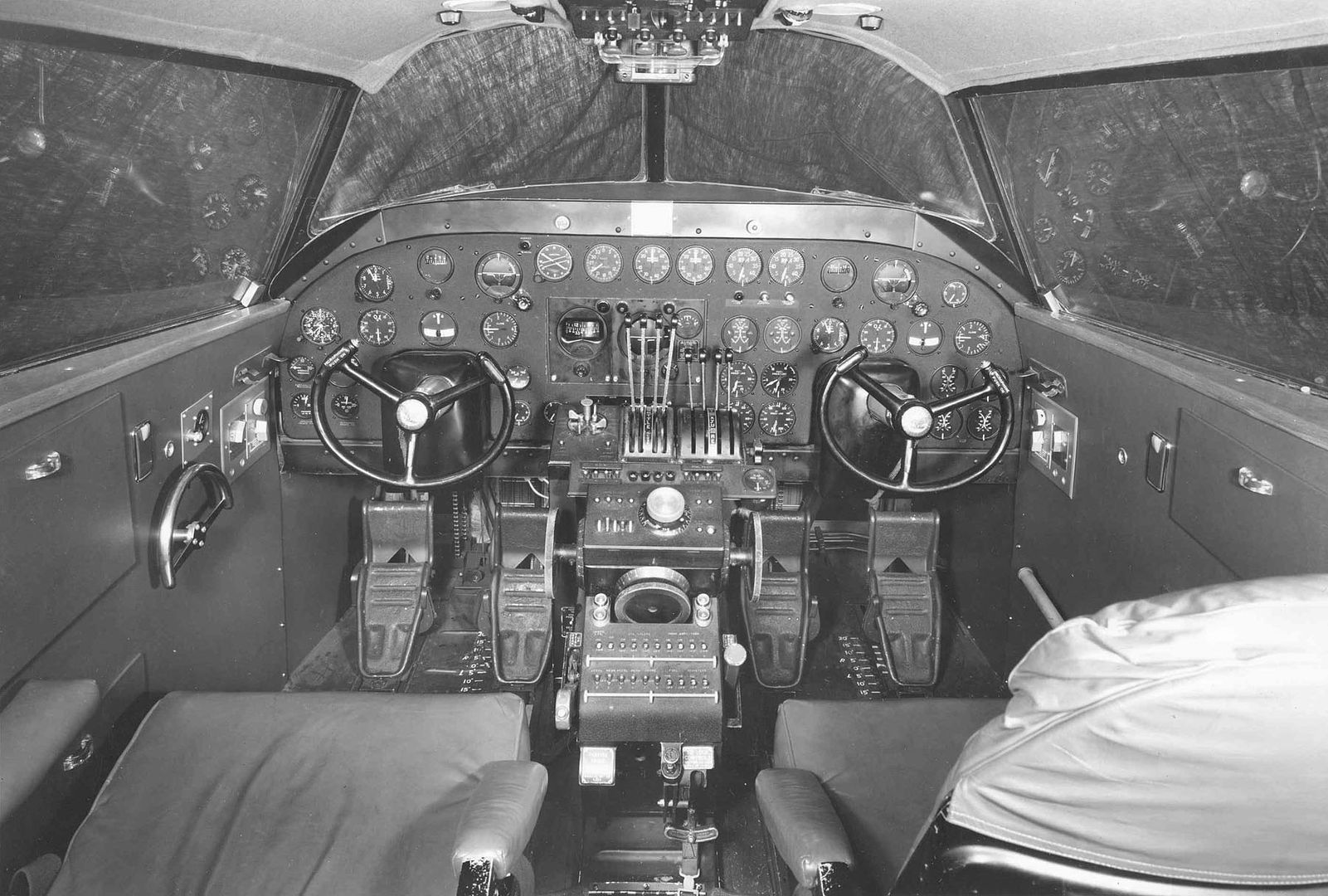
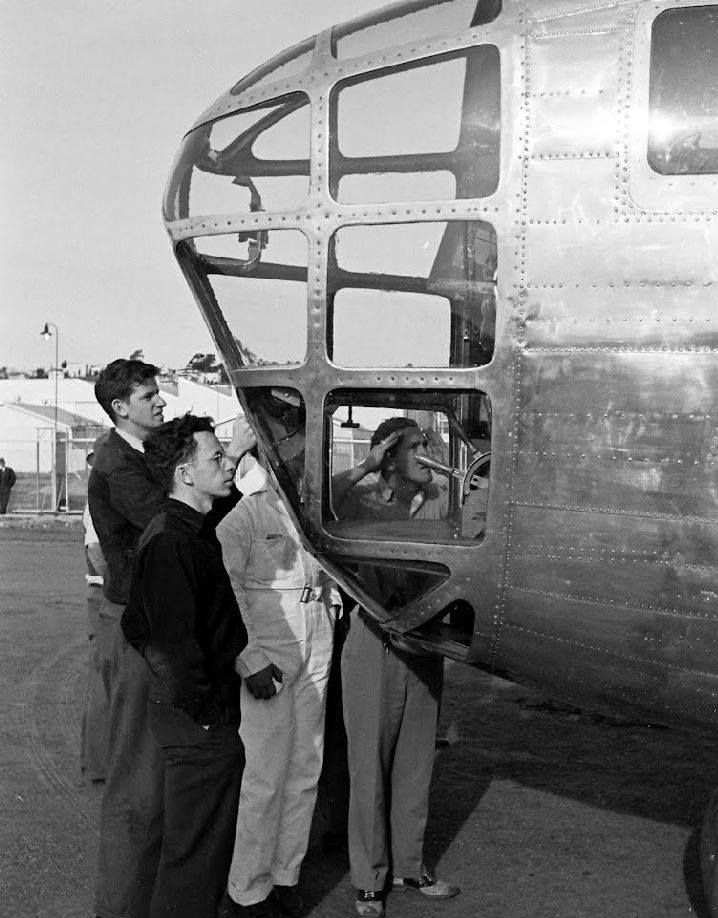
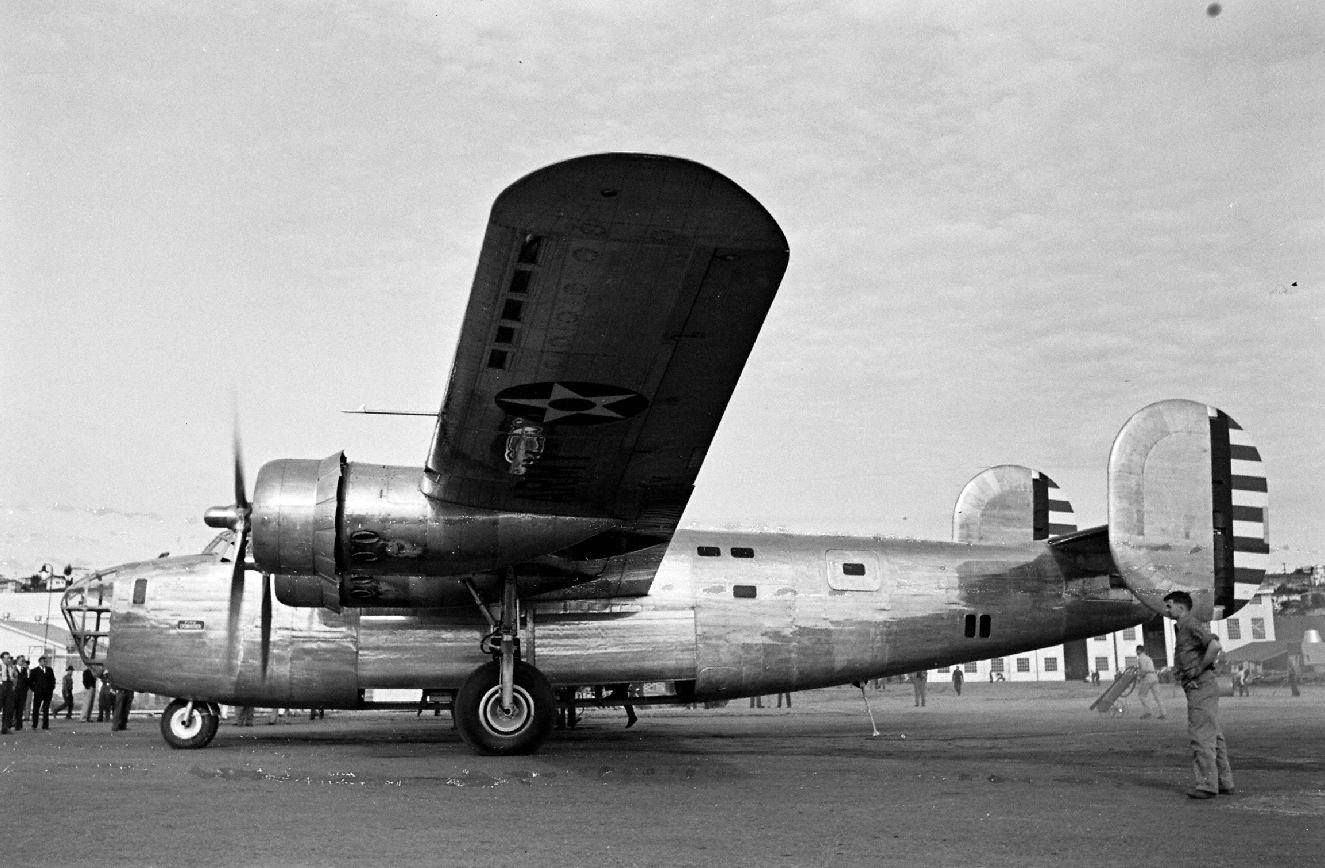
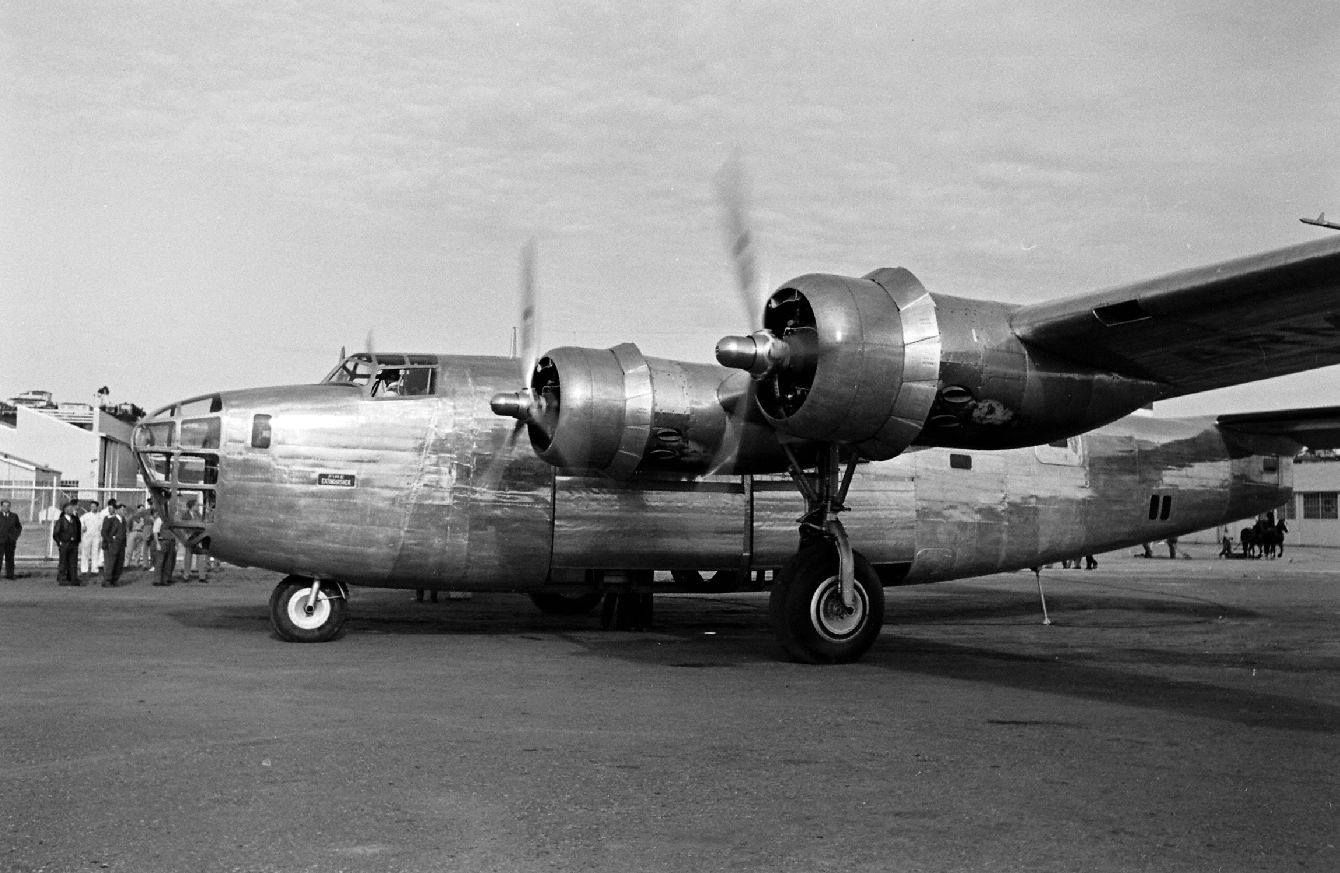
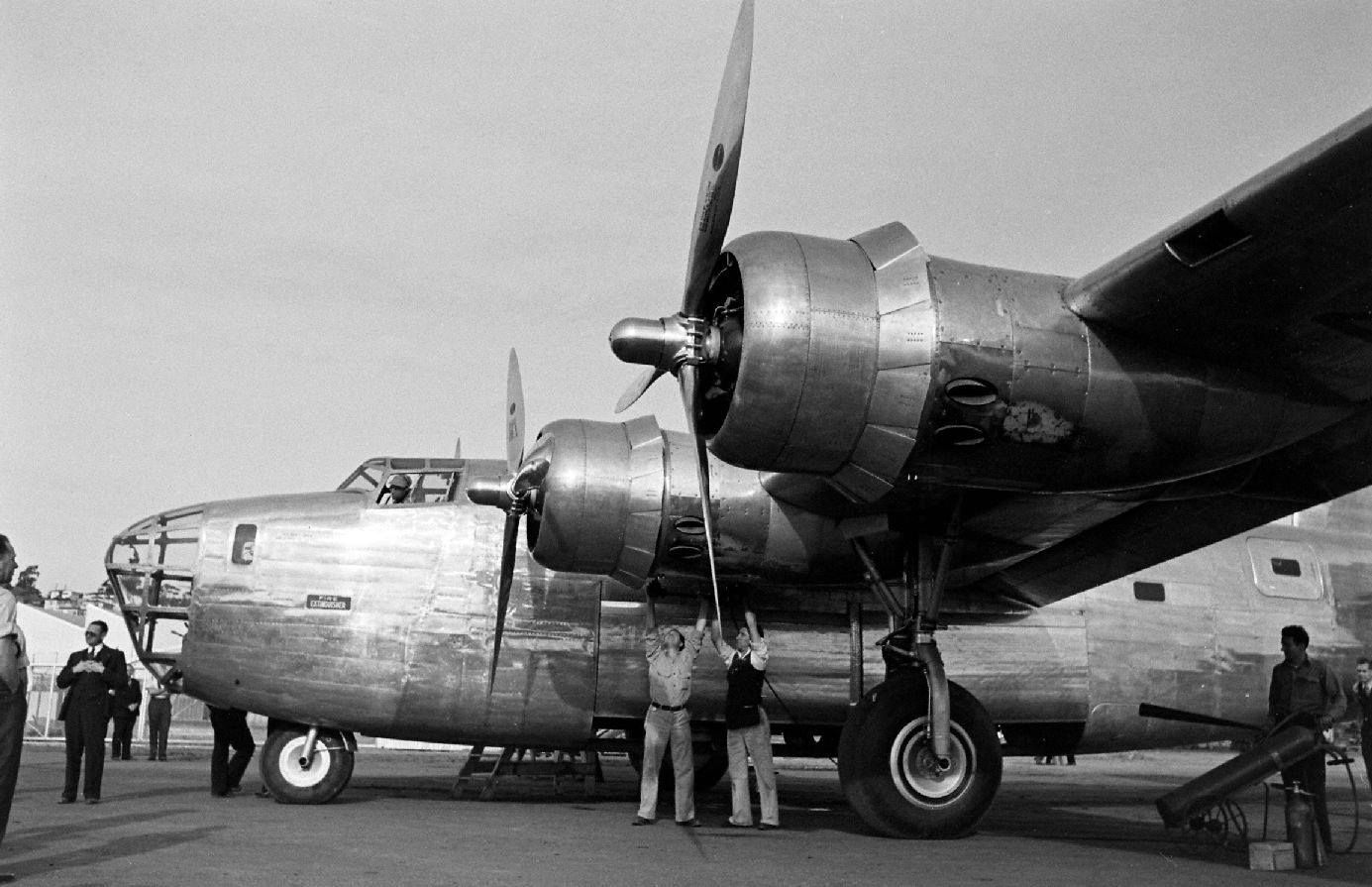

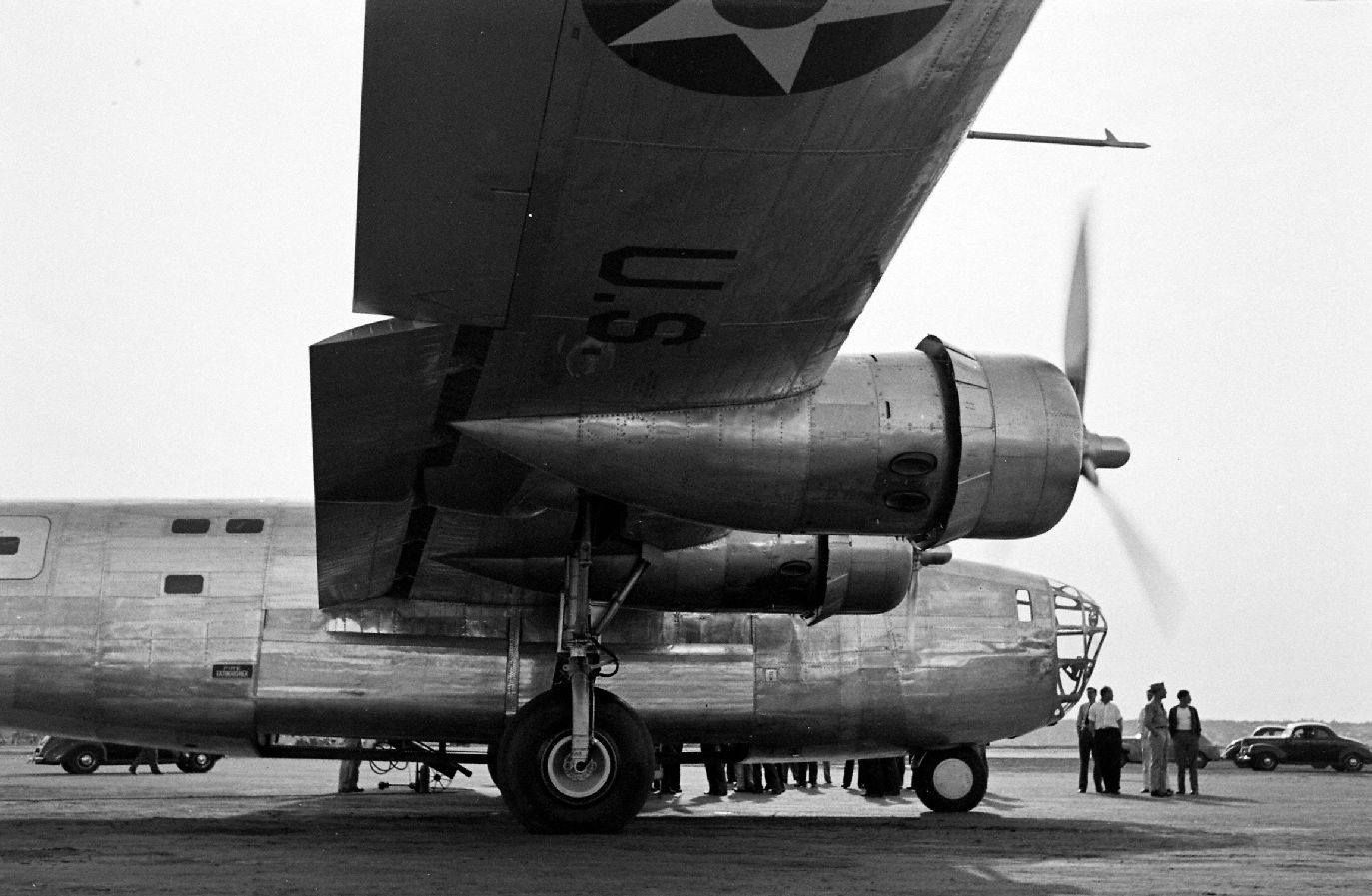
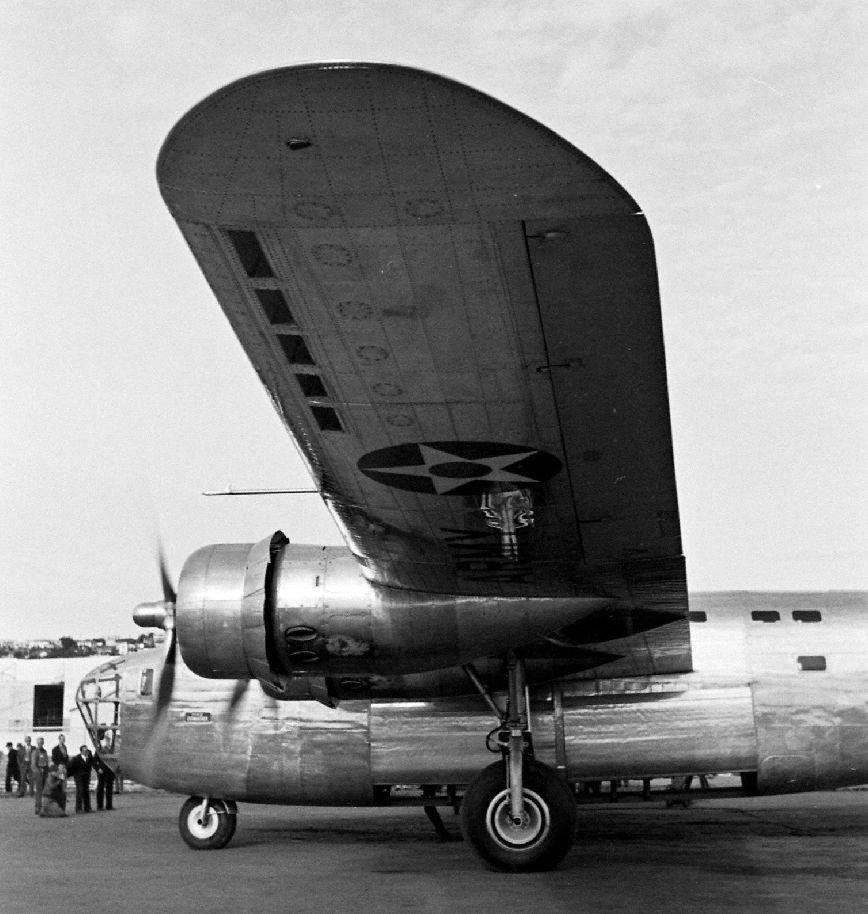
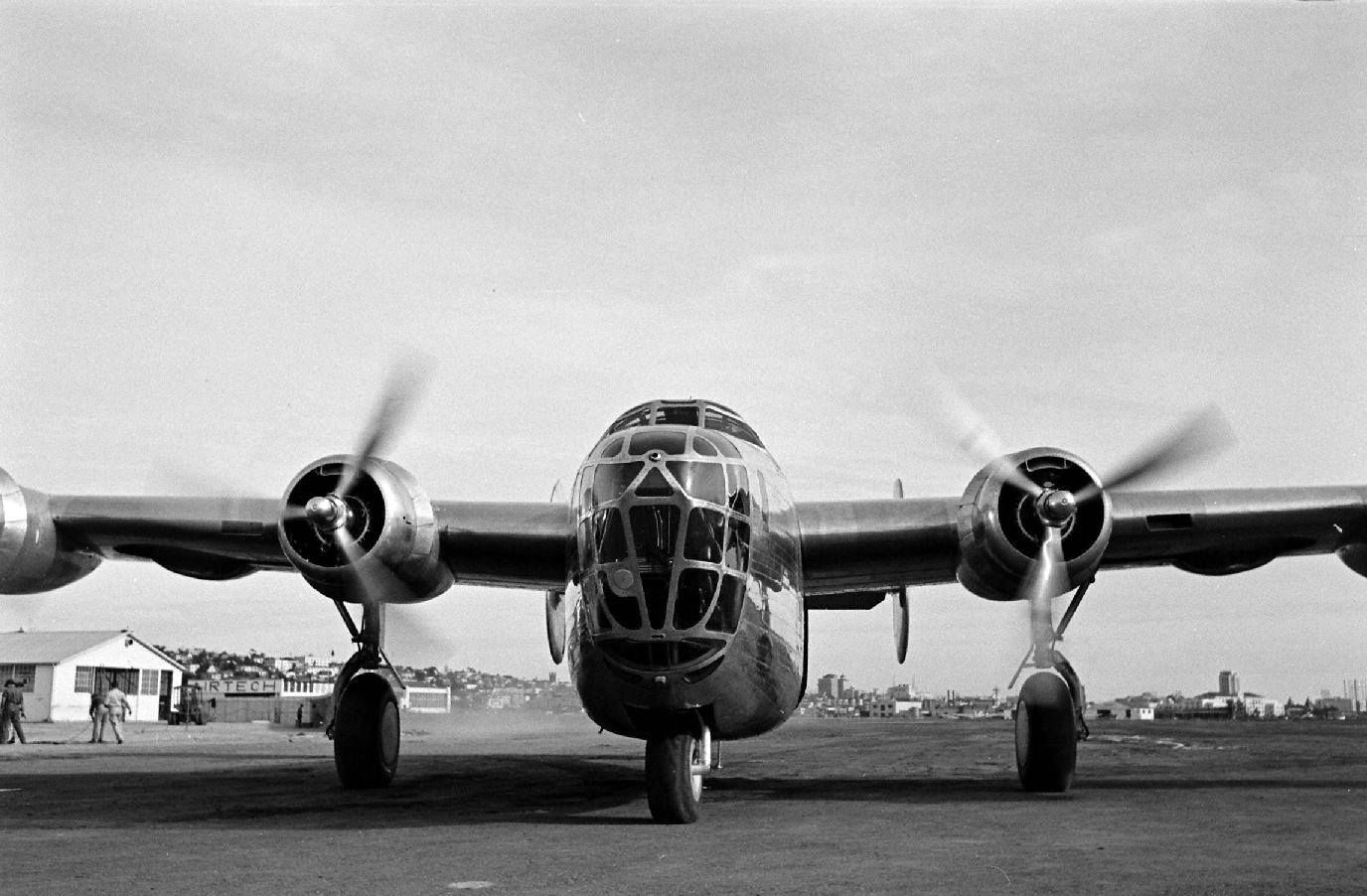


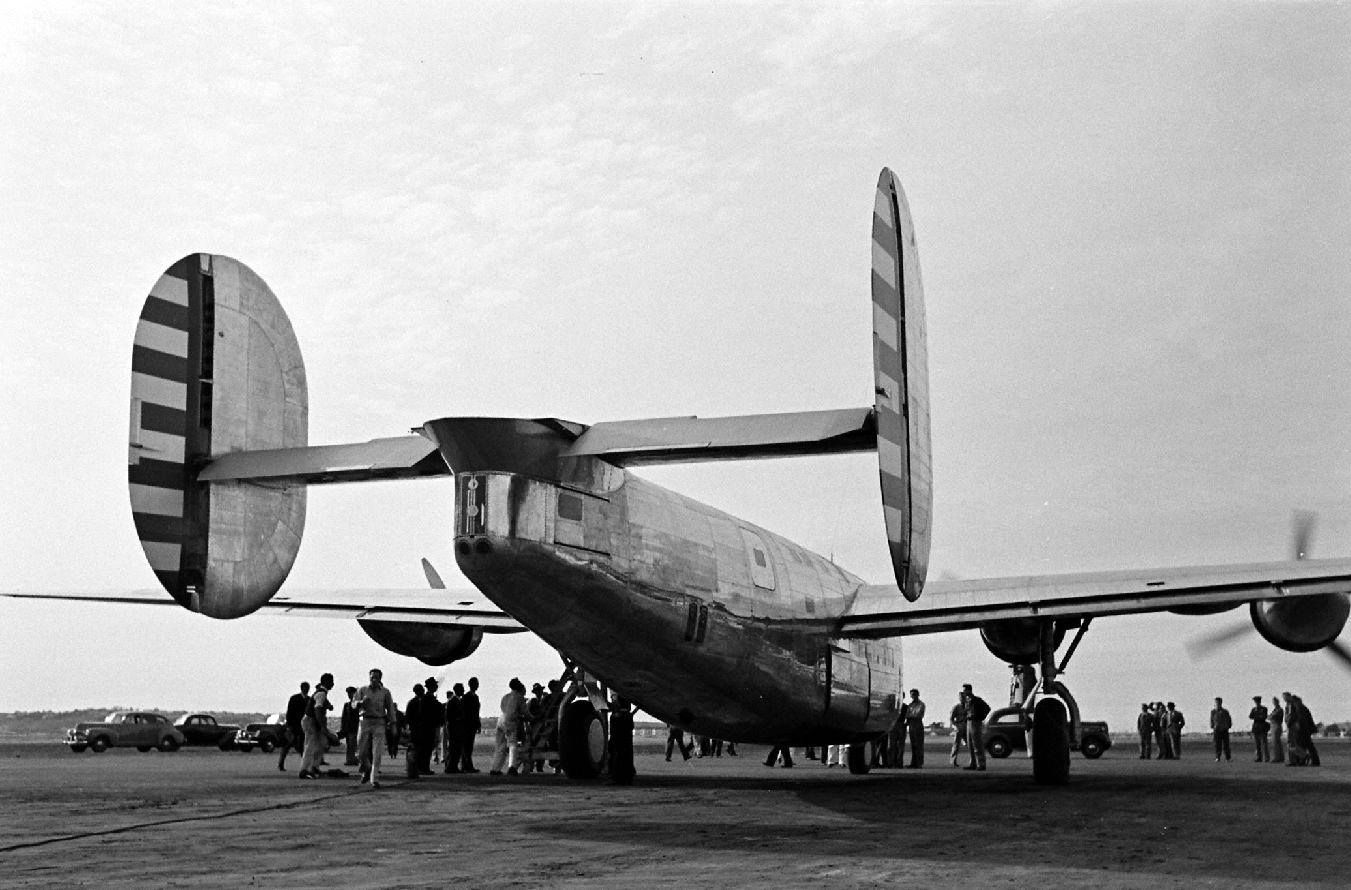
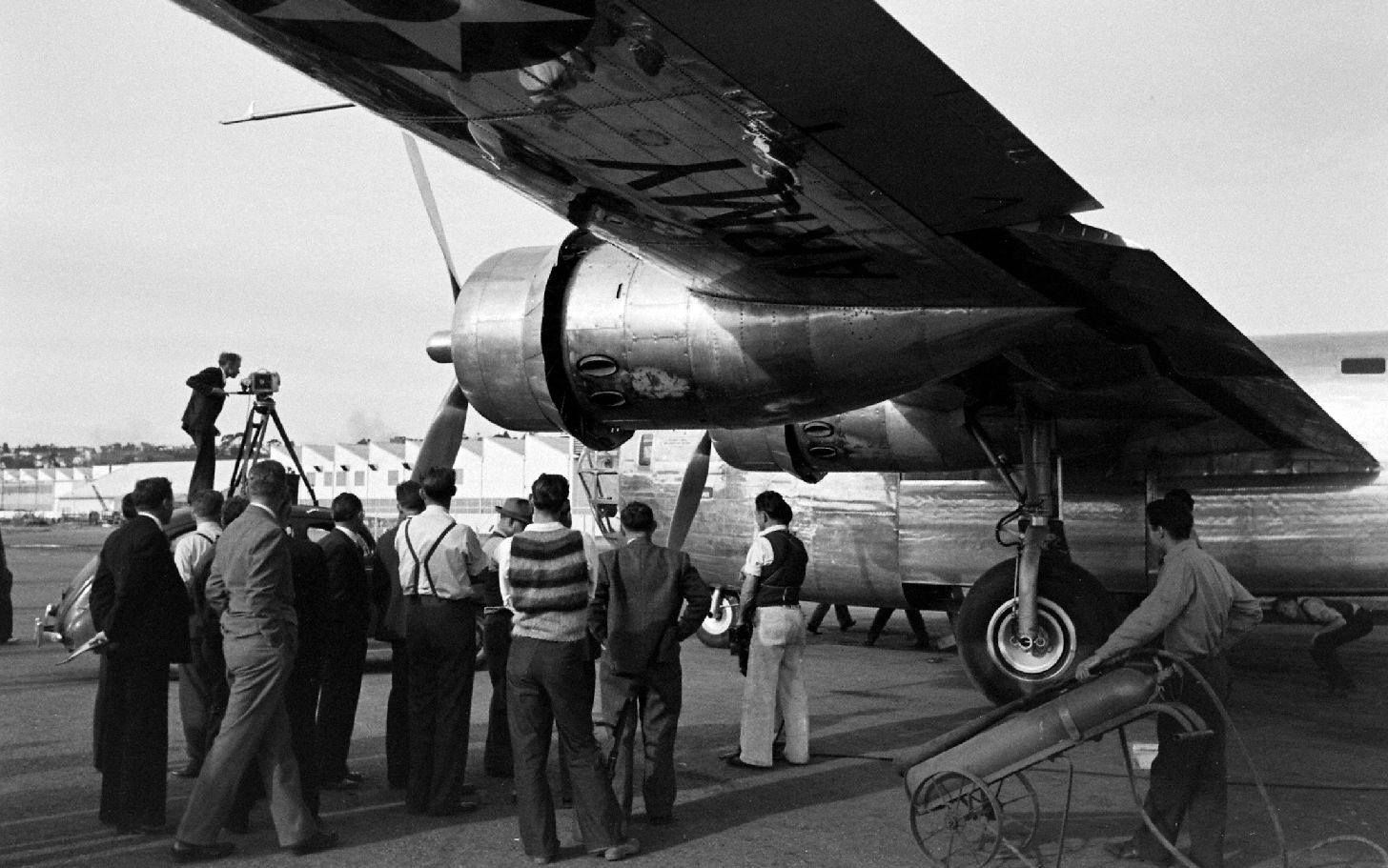
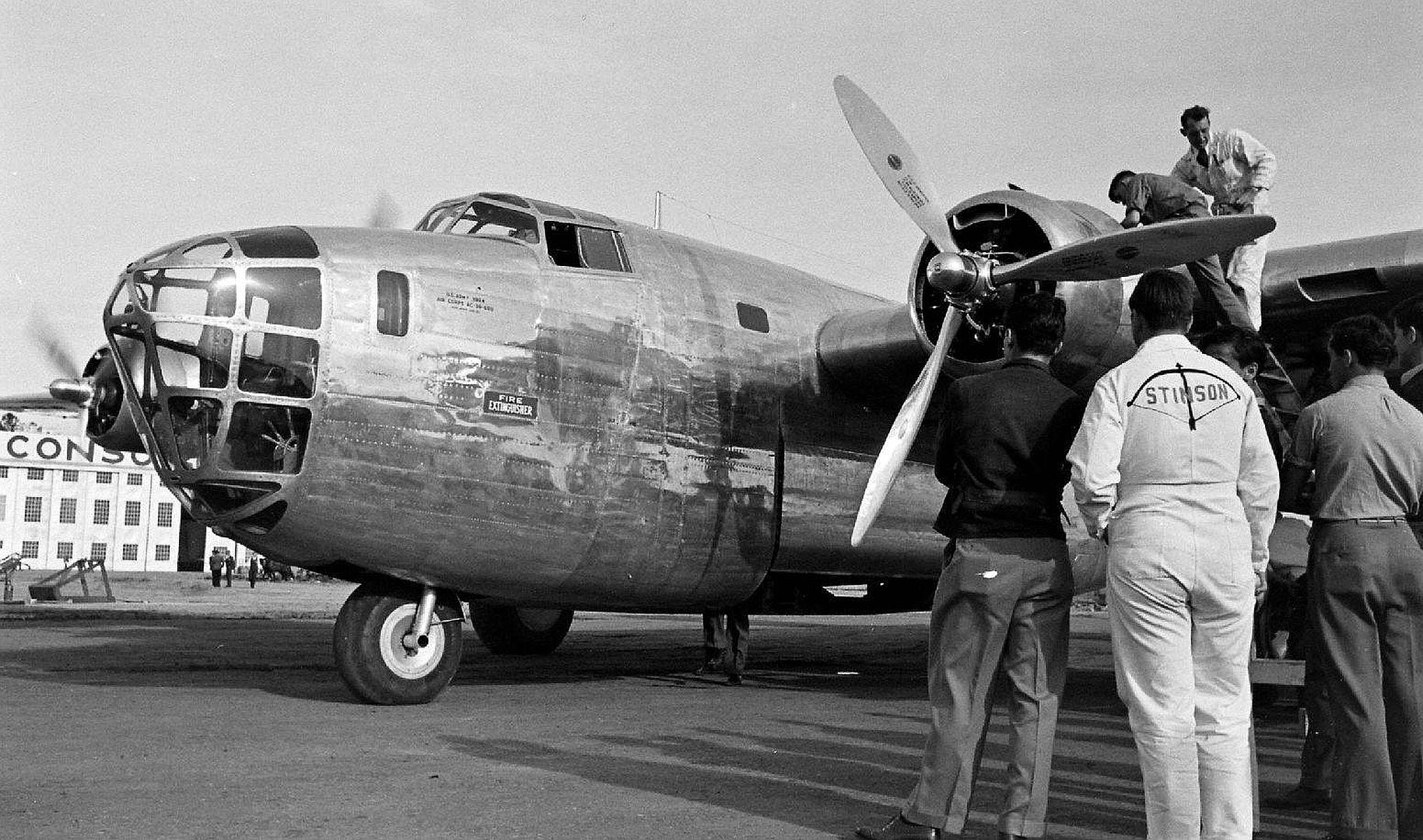
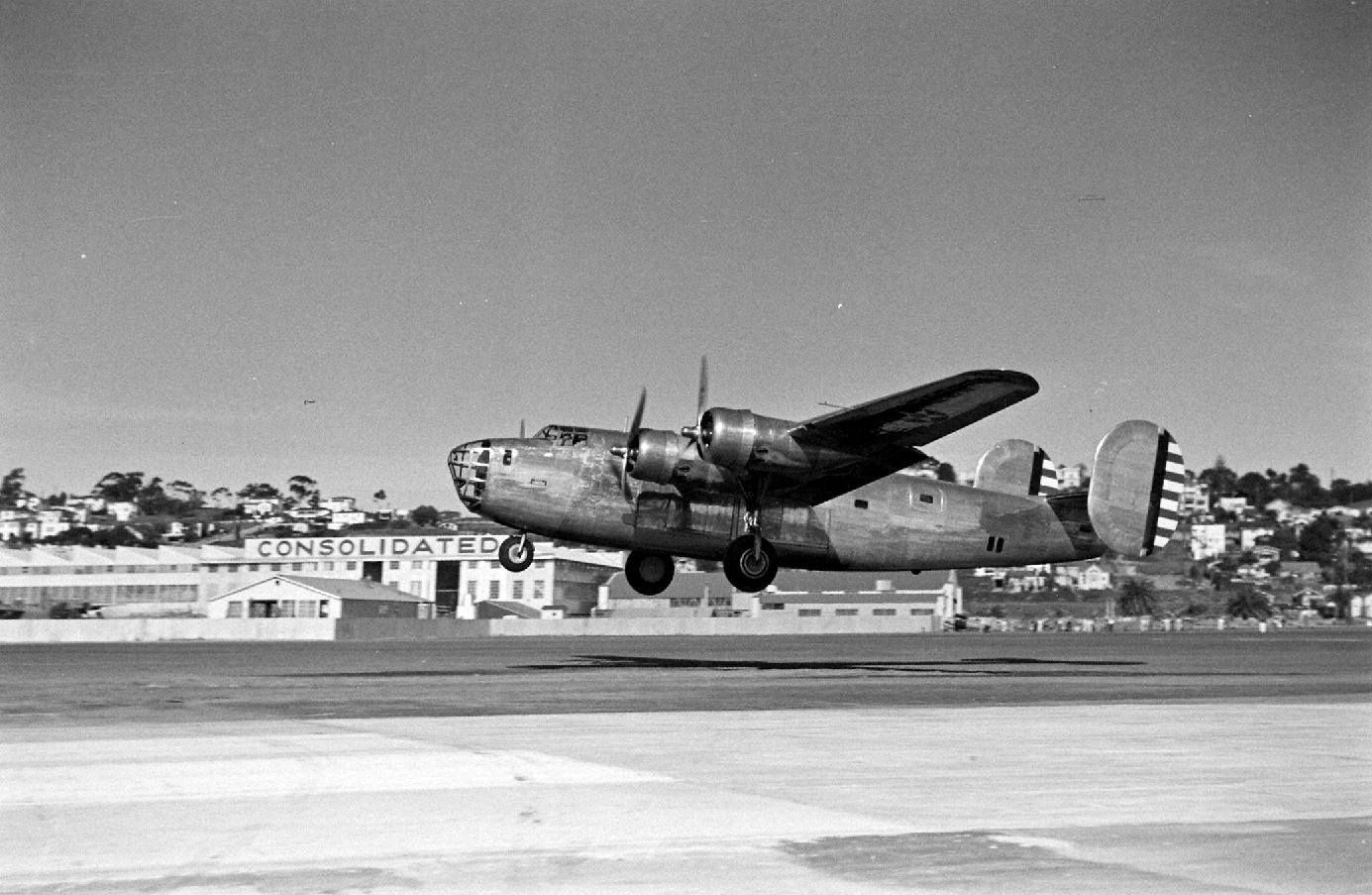
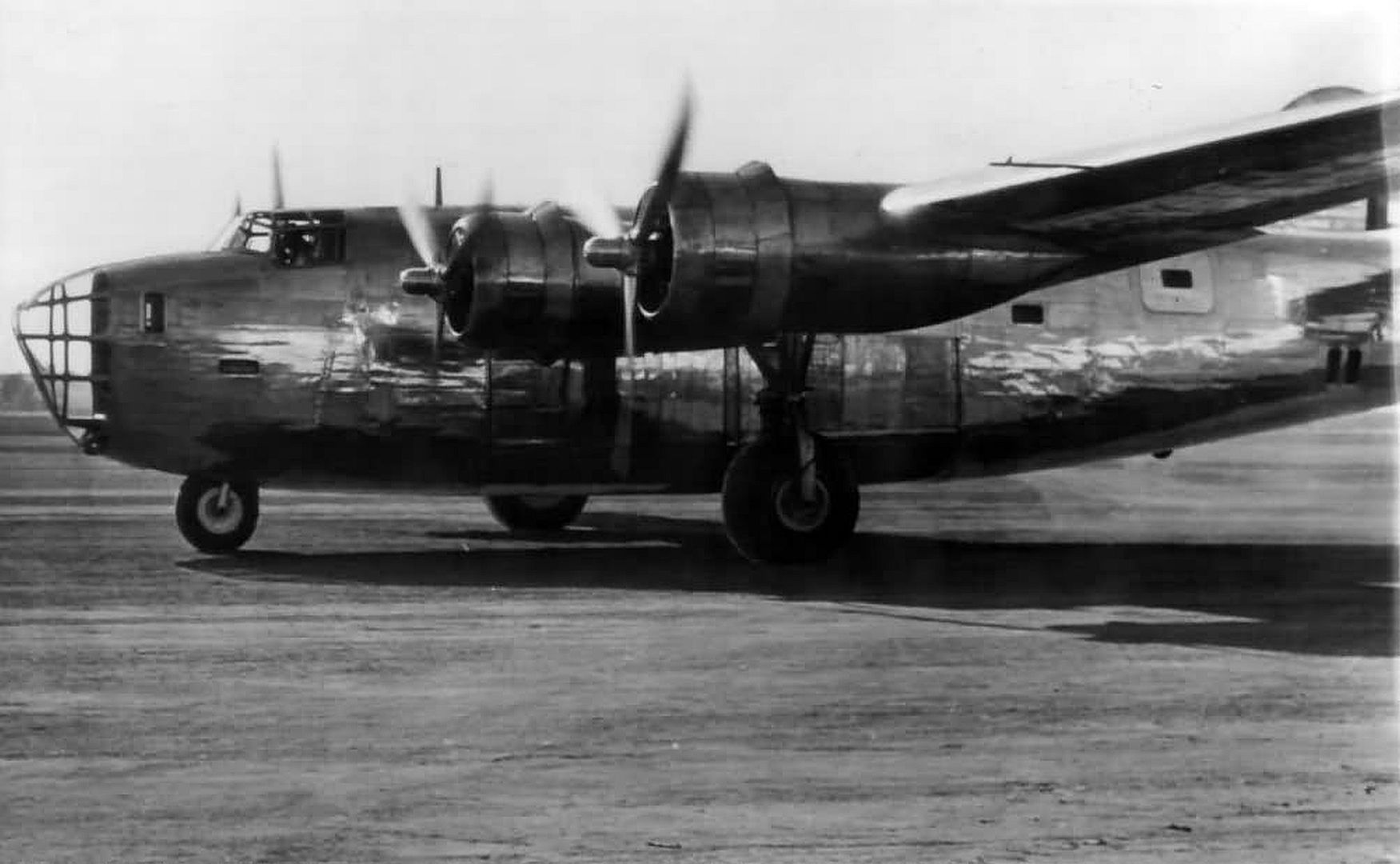
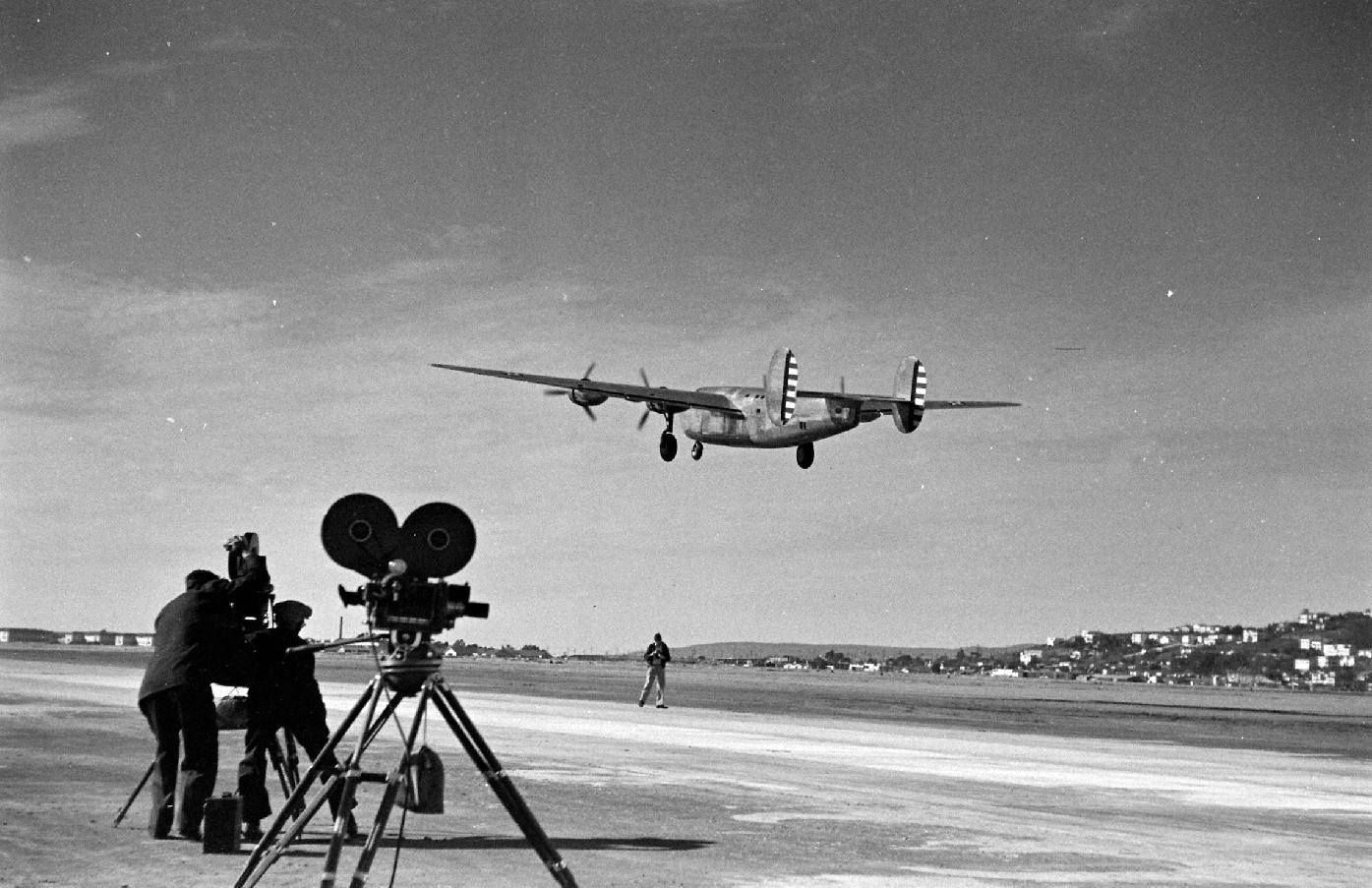

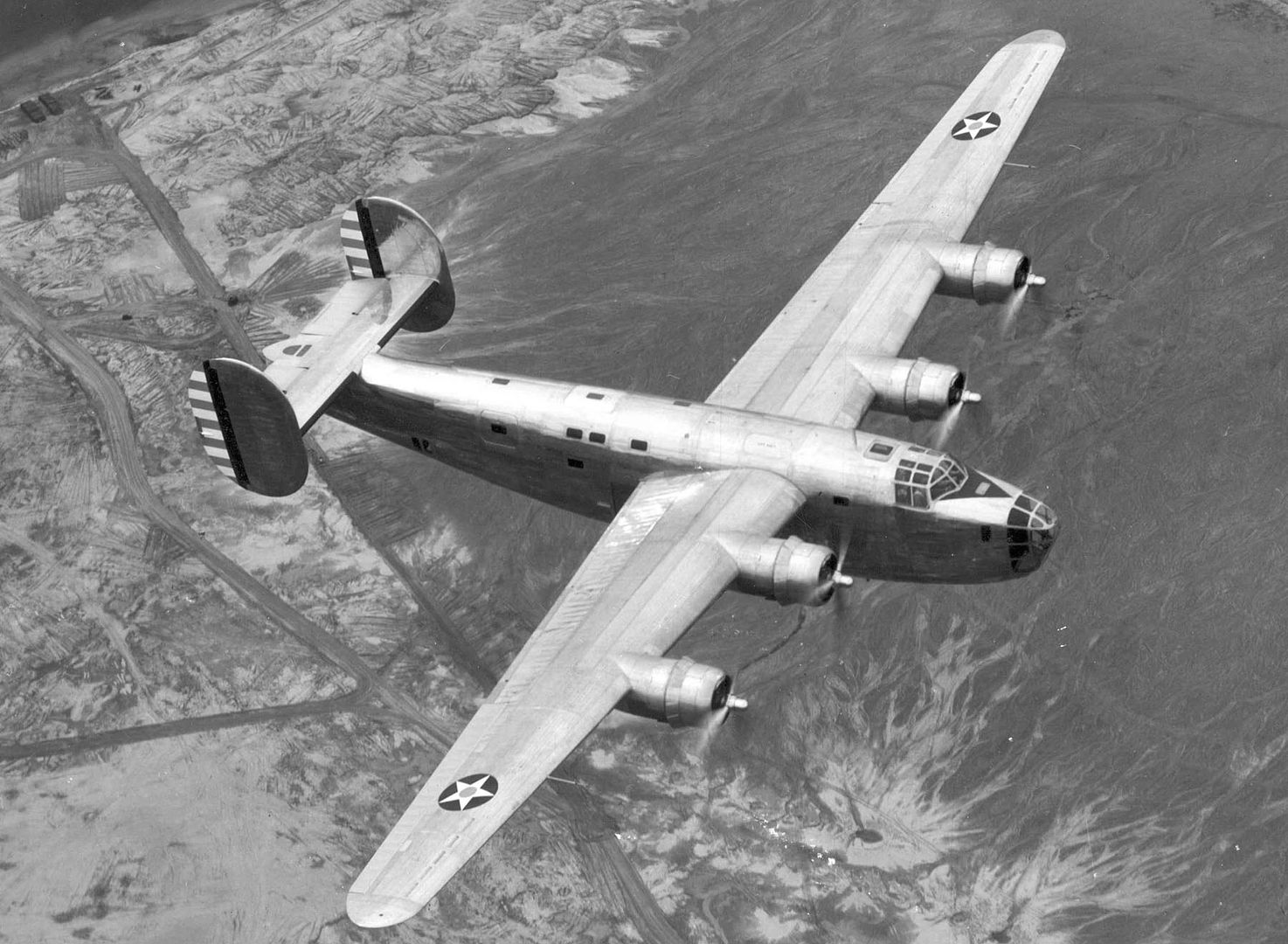
Very cool video watch in full screen.
Post a reply
- Go to Previous topic
- Go to Next topic
- Go to Welcome
- Go to Introduce Yourself
- Go to General Discussion
- Go to Screenshots, Images and Videos
- Go to Off topic
- Go to Works in Progress
- Go to Skinning Tips / Tutorials
- Go to Skin Requests
- Go to IJAAF Library
- Go to Luftwaffe Library
- Go to RAF Library
- Go to USAAF / USN Library
- Go to Misc Library
- Go to The Ops Room
- Go to Made in Germany
- Go to Campaigns and Missions
- Go to Works in Progress
- Go to Juri's Air-Raid Shelter
- Go to Campaigns and Missions
- Go to Works in Progress
- Go to Skinpacks
- Go to External Projects Discussion
- Go to Books & Resources
